Southdown member George Anstie (the Glebefield Flock, Flock No. 1152) has had considerable success not just in the show ring, but also on the sheep lines where he goes to great lengths to educate the public, often winning the ‘Best Pen’ competitions.
‘‘After being diagnosed with mild Cerebral Palsy at six months old, I have had to work very hard to get where I am today – graduating from Sparsholt College with Level 3 Agriculture, competing for England at the Cerebral Palsy World Games (gaining a silver medal in Discus) and having my own flock of prize winning Southdown sheep. After a number of years showing our sheep at various shows, Mum and I realised that there was a need to educate the general public about the wool and where your lamb came from. Having been inspired by our dear friend, Lesley Mead, Mum decided to set about making a couple of educational display boards. We had lots of people ask what we did with the fleece and did we eat them the lambs. The first board was all about wool and what we can do with it. We took pictures of our fluffy full fleeced sheep, then the sheep being sheared, the naked sheep and the process to getting a knitted hat. My grandmother washes, cards and spins the wool ready for knitting. She also knits several sheep soft toys and little flower badges that we give out to a selection of lucky children. It was after New Forest Show several years ago when we had a couple of children in wheelchairs stop to look at our sheep. They desperately wanted to touch the sheep but these big fluffy things kept moving and making a noise. We took a piece of fleece from the display board and gave it to the children. They were able to see it close up, touch and smell the fleece and they loved it. The following year when we sheared we saved the cleanest fleece, we purchased tiny little bags and placed pieces of fleece in each bag. These fleece bags are now part of our display as we give them out to children who want them.
Secondly, we needed to educate the public where their lamb roast came from, and it’s not ‘the supermarket’ as a lot of children (and adults) thought. I found a picture of a sheep which highlighted the different parts of the body. I then took pictures of the cuts of meat and arranged them on a board with ribbons indicating which part of the body they came from. 85% of the time it goes down very well, and we have had people take pictures of it for reference. The other 15% - well let’s say they don’t understand farming”.
The Glebefield Southdowns prize-winning display at the 2024 Newbury Show.



